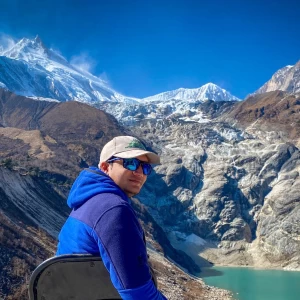Discover essential tips on how to trek the Annapurna region, from route choices to transport options.
How To Trek Annapurna Region?
Table of Contents
The Annapurna region in Nepal is known for its diverse trekking trails, offering a variety of options for those wondering how to trek Annapurna.
You can explore lush valleys and towering peaks, with breathtaking views of the Himalayas, making it a popular spot for trekkers from around the world.
To trek Annapurna, start by choosing a route that matches your fitness level, such as the Annapurna Circuit route, Annapurna Base Camp, and more.
For transportation, you can reach the starting point by bus, jeep, or flight. Proper planning ensures a safe and enjoyable journey on the Nepal Annapurna trail.
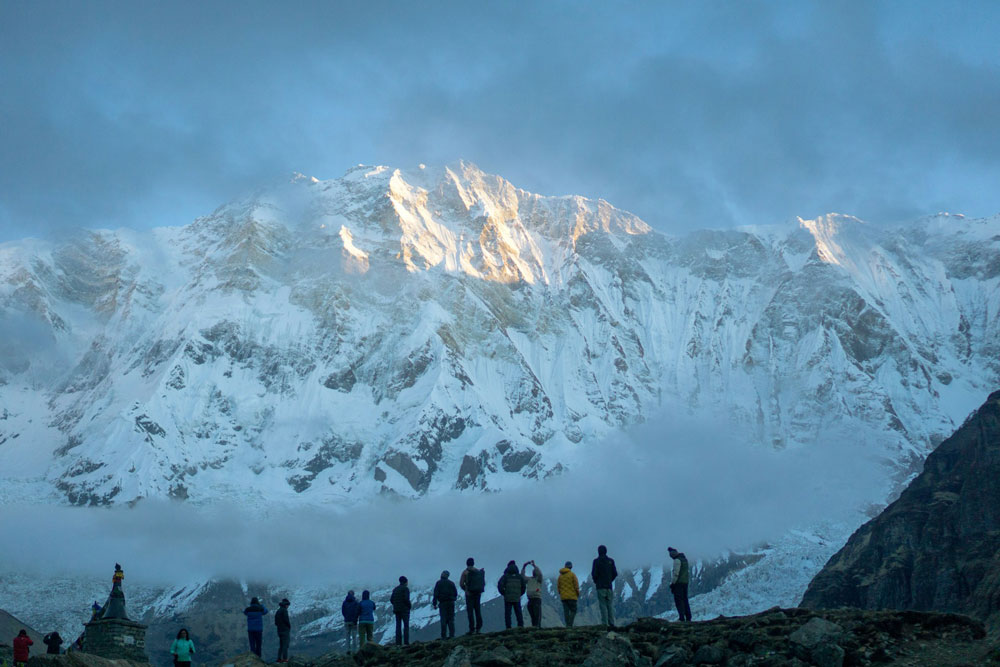
Ways To Trek Nepal Annapurna Trail
The Nepal Annapurna trail has different trekking routes to suit all levels. The Annapurna Circuit Trek is long and challenging, taking you around the entire Annapurna range. This route requires careful planning and preparation for the entire trek.
The Annapurna Base Camp trek is shorter and less difficult for an easier option. It offers great views and cultural experiences.
Trekkers can join a guided group or go on a private trek. Guided groups are safer and help you meet new people, while private treks give you more freedom to explore at your own pace.
Choosing the best route for Annapurna
Regarding the trekking routes, we will mostly talk about the Annapurna circuit, base camp, Nar Phu Valley, and the Mustang region.
Annapurna Circuit Trek

The Annapurna Circuit Trek Nepal is a renowned trek that circles the Annapurna range. If you’re wondering about the challenge, this route is a great option. It starts in Jagat or Dharapani and traverses diverse landscapes. It also takes you from lush forests to high-altitude deserts. Altitude sickness is a common concern on this trek, especially as you ascend above 3,000 meters.
The route crosses Thorong La Pass, one of the highest trekking passes in the world, at 17,769 feet (5,416 meters).
The scenery while trekking the Annapurna Circuit includes stunning views of the Annapurna mountains, including Annapurna I, Annapurna II, Annapurna III, and Annapurna IV.
Additionally, you’ll also see the 8,167-meter Dhaulagiri, Machhapuchhre, and many other peaks over 6,000 meters throughout the trail.
The full Annapurna Circuit Trek takes about 12-20 days. For those wanting more adventure, extending the trek to Tilicho Lake via Tilicho Base Camp adds approximately 4-5 days.
Tilicho Lake is known for its stunning blue waters and is a rewarding side trip at 16,138 feet (4,919 meters).
Another extension option is the Upper Mustang region, which adds around 8-10 days to the trek. This area offers a unique Tibetan culture and desert-like terrain.
Annapurna Base Camp Trek
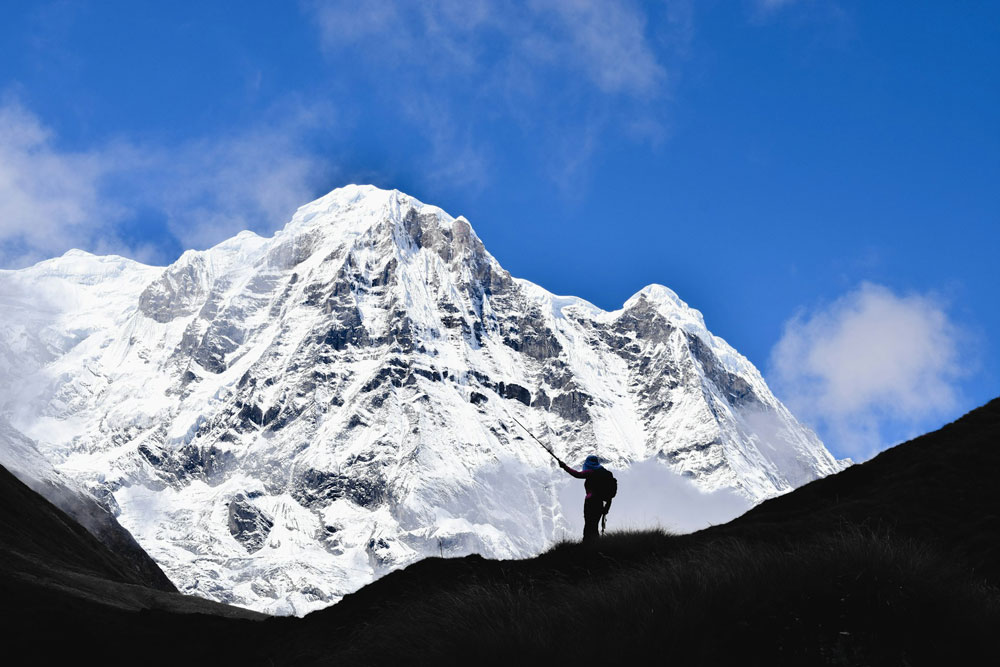
The Annapurna Base Camp is also known as Annapurna Sanctuary Trek. It starts from Nayapul and takes you through diverse landscapes. As you climb higher, the terrain changes to rocky paths and snowy trails.
One popular itinerary includes Poon Hill, providing famous sunrise views. This adds extra days to your trek but offers fantastic sunrise views. Starting from Nayapul, you trek to Ghorepani, where you climb Poon Hill.
You will get breathtaking morning views before continuing to Annapurna Base Camp at 13,550 feet (4,130 meters).
Additionally, the walk offers stunning views Annapurna I (8,091 m/26,545 ft), Annapurna III (7,555 m/24,787 ft), Annapurna South (7,219 m/23,684 ft), Gangapurna (7,455 m/24,459 ft), Gandharva Chuli (6,248 m/20,499 ft), Himalchuli (6,816 m/22,362 ft), Macchapucchre (6,993 m/22,943 ft).
Another option is the route via Jhinu Danda. This itinerary is a bit shorter. It includes a stop at Jhinu Danda’s natural hot springs. You can relax in the hot springs there. After Jhinu Danda, you continue to Annapurna Base Camp. Enjoy the scenic beauty on your way.
Nar Phu Valley Trek

The Nar Phu Valley Trail is a remote and stunning trek route in Nepal. It starts from the village of Koto and goes through the Nar and Phu valleys. The terrain varies from lush forests to rocky paths and high-altitude deserts.
You will cross narrow gorges and see ancient monasteries and traditional villages. This route offers a chance to experience the untouched beauty of the Himalayas. The trail is less crowded, making it a peaceful adventure.
Additionally, the trail offers views of mountains like Kang Guru at 22,441 feet (6,981 meters) and Pisang Peak at 20,285 feet (6,091 meters).
A typical itinerary for the Nar Phu Valley Trek is about 12-14 days. You start from Koto and trek to the village of Nar. Then, you continue to Phu, passing through beautiful landscapes and meeting local people. From Phu, you trek back to Koto and return to Kathmandu.
Choosing the best season for trekking Annapurna
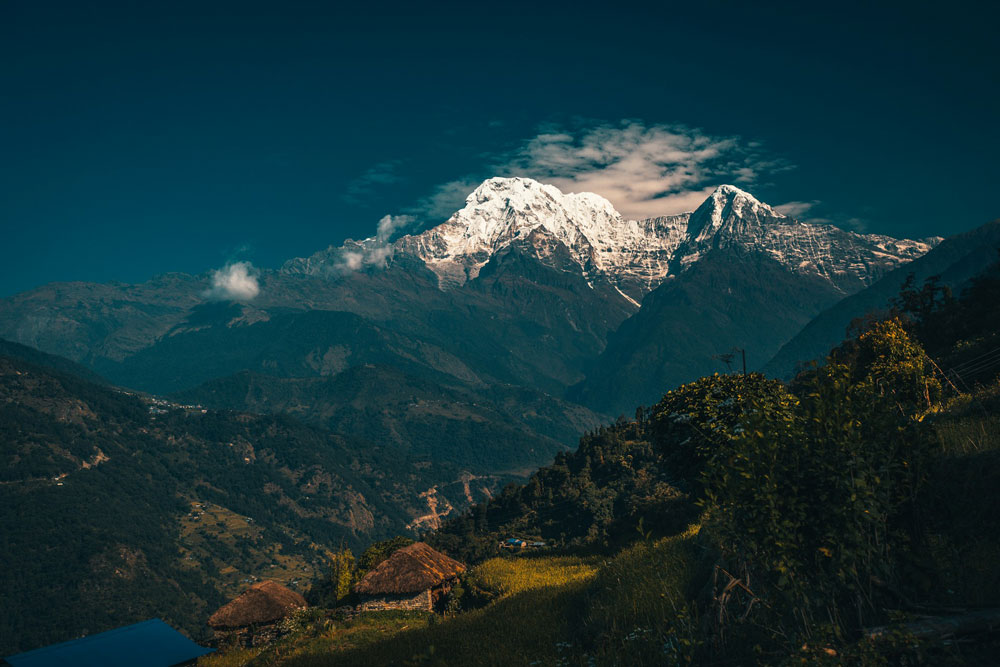
Choosing the right season for trekking in the Annapurna region is essential. This ensures the right answer to how to trek Annapurna. This region is diverse, offering year-round trekking opportunities. Different routes are suited to different seasons. Picking the best time and route makes your trek more enjoyable and safe.
Spring (March to May) and Autumn (September to November): Ideal for trekking with clear skies and mild temperatures. Popular trails: Annapurna Circuit Trek and Annapurna Base Camp Trek.
Summer (June to August): Monsoon season, but Upper Mustang and Nar Phu Valley offer drier, suitable conditions for trekking.
Early Winter (December): Cold but clear, with excellent mountain views. Recommended treks: Ghorepani Poon Hill and Mardi Himal, offering stunning scenery with fewer crowds.
Alternative Trekking Routes in Annapurna
Alternative trekking routes in the Nepal Annapurna region offer unique experiences. Compared to the iconic Everest Base Camp Trek, which leads to the famous Everest Base Camp at 5,300 meters, these routes are less crowded than the main trails. These routes show the region’s diversity.
You can explore different landscapes and cultures. The trails provide new and exciting adventures.

Mardi Himal Trekking
The Mardi Himal Trek is a hidden gem in the Annapurna region. It’s less crowded than the popular trails. The route takes you through dense rhododendron forests and traditional villages. The trek offers stunning views of the Annapurna range, including Mount Machapuchare (Fishtail). It’s perfect for those seeking solitude and natural beauty in a shorter trek for beginners.
North Annapurna Base Camp Trekking
The North Annapurna Base Camp Trekking is an alternative that leads you to the quieter northern side of the Annapurna massif. The terrain is rugged and remote, with fewer trekkers. This route offers a different perspective. Views of the clear Annapurna peaks and untouched natural scenery are clear. The trek is more challenging, making it ideal for experienced trekkers.
Lower and Upper Mustang Trek

The Lower and Upper Mustang Trek offers a unique and culturally rich experience. The route takes you through a semi-desert landscape, with deep gorges and windswept cliffs. The area is influenced by Tibetan culture, with ancient monasteries and traditional villages.
Also, the trail is dry and windy, providing a stark contrast to the lush green paths of other Annapurna treks. This trek is ideal for those who like Tibetan culture. It also offers unique geography. You will explore both aspects during the trek.
Major attractions here include the centuries-old monasteries, primitive lifestyle, sky caves, and many more.
Avoiding roads in Annapurna Trekking
Many trekking trails in the Annapurna Trek now have roads, making it less of a trekking experience. Roads have reached places like Dharapani, Jagat, and parts of the Annapurna Circuit. Walking on these roads takes away from the adventure and beauty of trekking.
To avoid roads on the Annapurna Circuit Trek, start your trek from Dharapani or Jagat. These starting points help you bypass most road sections. The trail from these points offers a more authentic trekking experience, with scenic paths and mountain views.
In Upper Mustang, roads also exist, but the trekking trail is separate. Always choose the trekking trails instead of roads. The trails provide a quieter and more immersive journey. Also, it takes you through ancient villages and stunning landscapes.
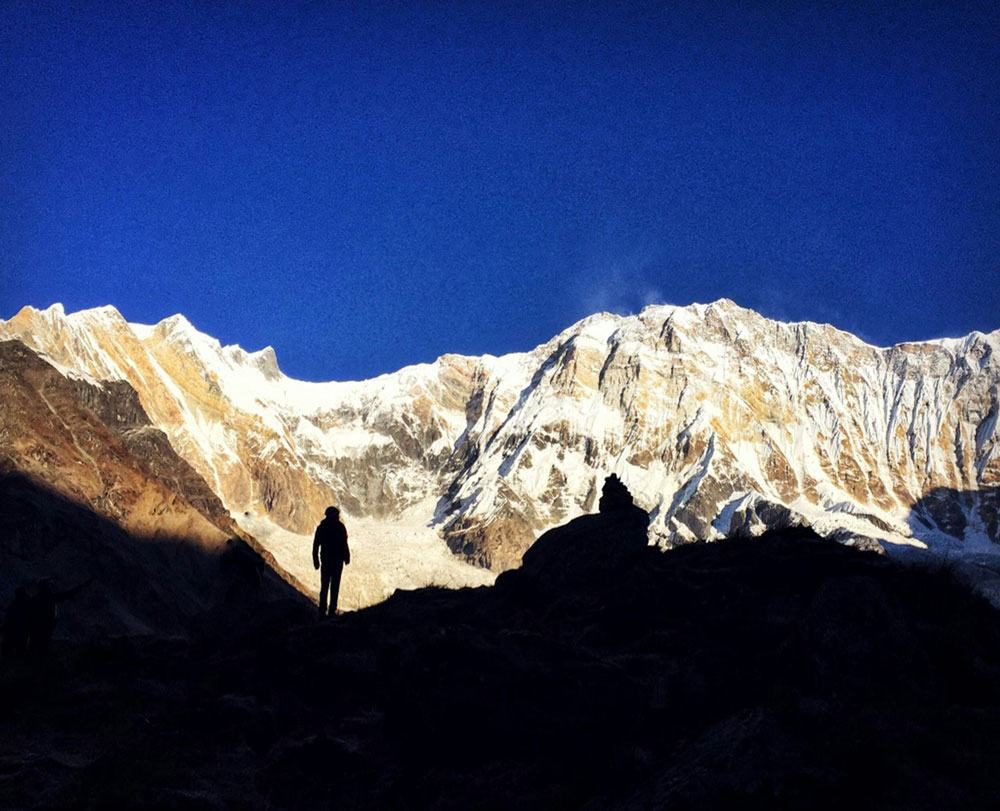
What to Bring with you in Annapurna?
Packing the right items is crucial for trekking in the Annapurna region to ensure comfort and safety. Here’s what you should include:
Sturdy hiking boots
Warm clothing
Rain jacket
Water bottle
Trekking poles
First-aid kit
Sleeping bag
The rest packing items can depend on your choices.
Pack according to the specific route you choose. For higher altitudes, bring extra layers for warmth. If you're trekking in the rainy season, waterproof gear and non-slippery hiking boots are essential.
Remember not to overpack or even underpack.
Hiring a Guide or Joining the Group
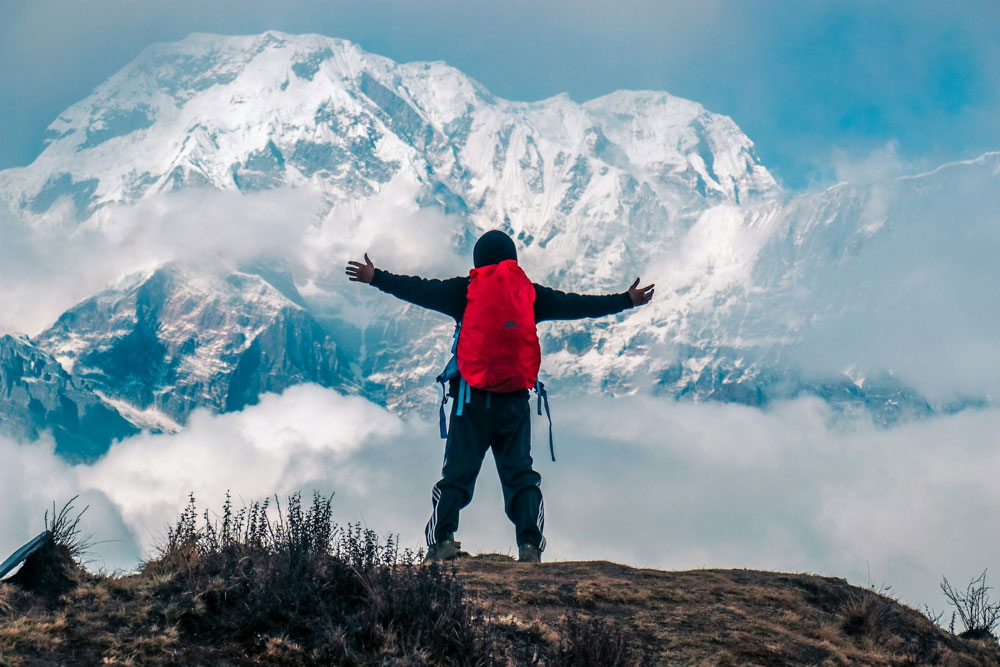
Nepal Treks has specific rules to keep you safe. On March 3, 2023, Nepal announced a ban on solo trekking starting April 1, 2023. This rule was made for safety reasons in national parks and conservation areas.
You must now go with a guide or join a group. The total cost of the Annapurna Circuit trek depends on various factors, including whether you hire a guide or join a group. Solo trekkers can no longer get a TIMS card on their own. Guides know the trails well. They understand local customs. They also handle emergencies. This makes your trek safer and more enjoyable.
Nepal has listed 44 trails where solo trekking is not allowed. These include popular areas like Everest, Langtang, and Annapurna. Always follow these rules to ensure a safe and enjoyable adventure.
Also for the Annapurna region trekking, you’ll need needing Annapurna Conservation Area Permit (ACAP).
Knowing how to trek Annapurna ensures a safe adventure. To trek Annapurna, choose a suitable route and plan well.

